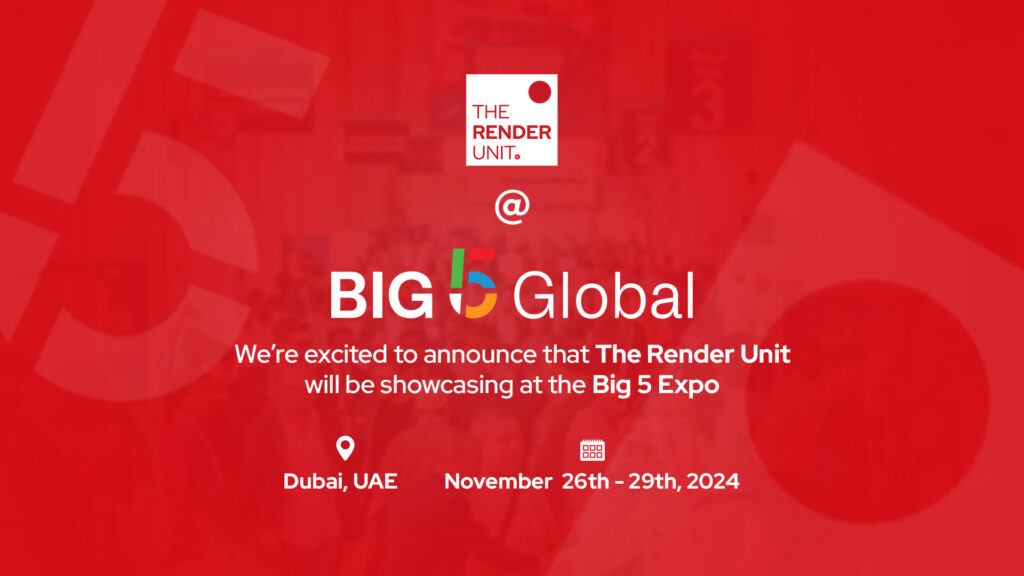
3D animation has completely transformed the architectural sector, by enabling more realistic 3D models, more precise lighting and shadow simulations, and more immersive experiences for clients and stakeholders. Let’s delve even further and investigate how architects are putting 3D animation to use.
A Brief History
When computer-aided design (CAD) software grew more capable and inexpensive in the 1990s, architects began using 3D animation. Even while it was first utilized by architects as a visualization tool, it is now often considered an integral element of the design procedure. These days, architects frequently employ 3D animation to plan, preview, and present their designs to clients.
Why we use 3D Animation in Architectural Design?
Using 3D animation in building design has three primary advantages.
First, it paves the path for architects to develop 3D models with a level of detail that is well beyond what was previously possible. Clients and other stakeholders have a deeper appreciation for the design, and potential problems are uncovered at an earlier stage.
Second, when constructing structures that need to be both energy-efficient and comfortable for their residents, 3D animation helps architects to correctly replicate the lighting and shadows of a building.
To conclude, 3D animation is a powerful promotional tool. Architects can increase interest in their designs, attract investors, and win finance by developing high-quality, realistic animations for customers and stakeholders to experience.

Types of 3D Animation in Architecture:
Architects can choose from a wide variety of 3D animation styles to best suit their needs. Walk-throughs and fly-overs are the most common kinds. Clients and other stakeholders can “fly” through the design with the help of these tools. Another form of animation that provides a more immersive experience for clients and stakeholders is virtual reality.
Who Benefits from 3D Animation in Architecture?
The use of 3D animation in the building benefits a wide range of Peoples. Like Customers get value since they are better able to comprehend the layout and make educated choices. The project’s potential is enhanced, which is good news for investors. Architects gain from this since they can more easily and swiftly spot problematic areas of a design and adjust accordingly. Lastly, it wins because architects may employ 3D animation to construct more sustainable and energy-efficient structures.
Finally, it’s important to note that 3D animation has matured into a crucial resource in the architectural industry. It helps to better visualize the end result, finds potential problems in the design, and enhances the design process as a whole. Architects that are able to take use of the benefits offered by 3D animation will have a leg up on the competition as the technology continues to advance.








